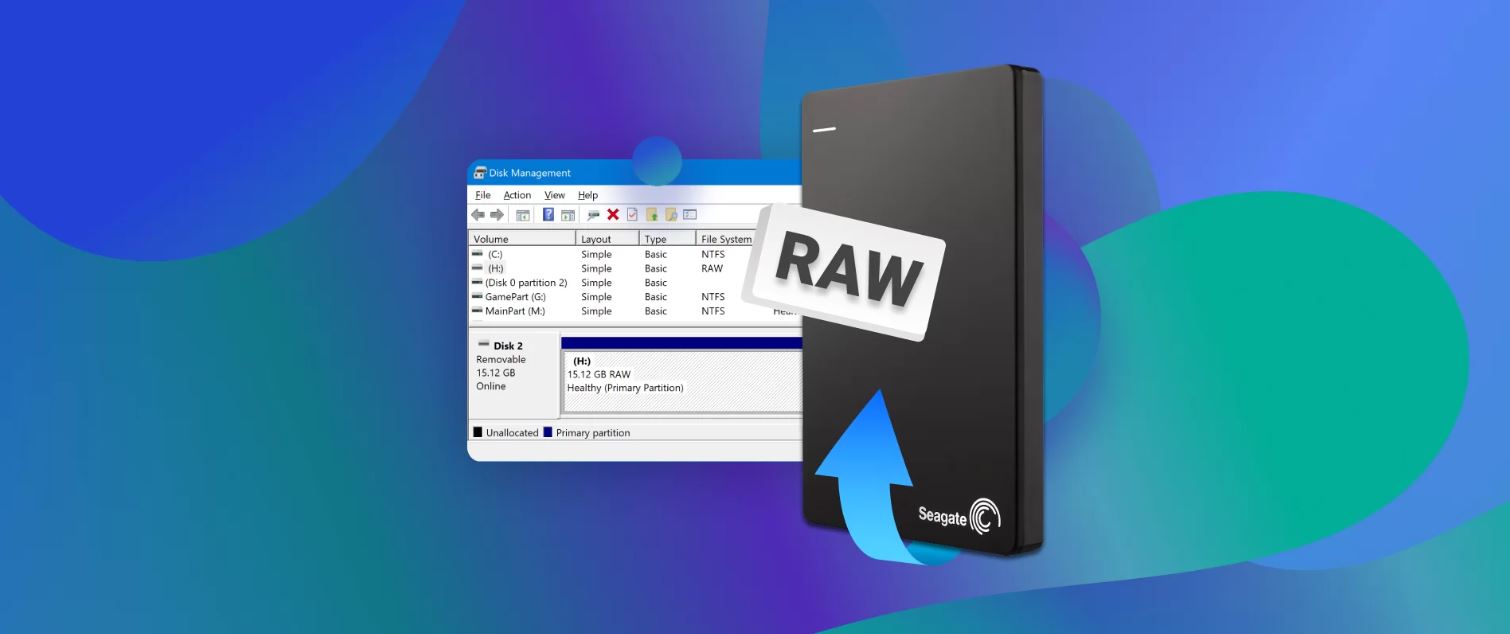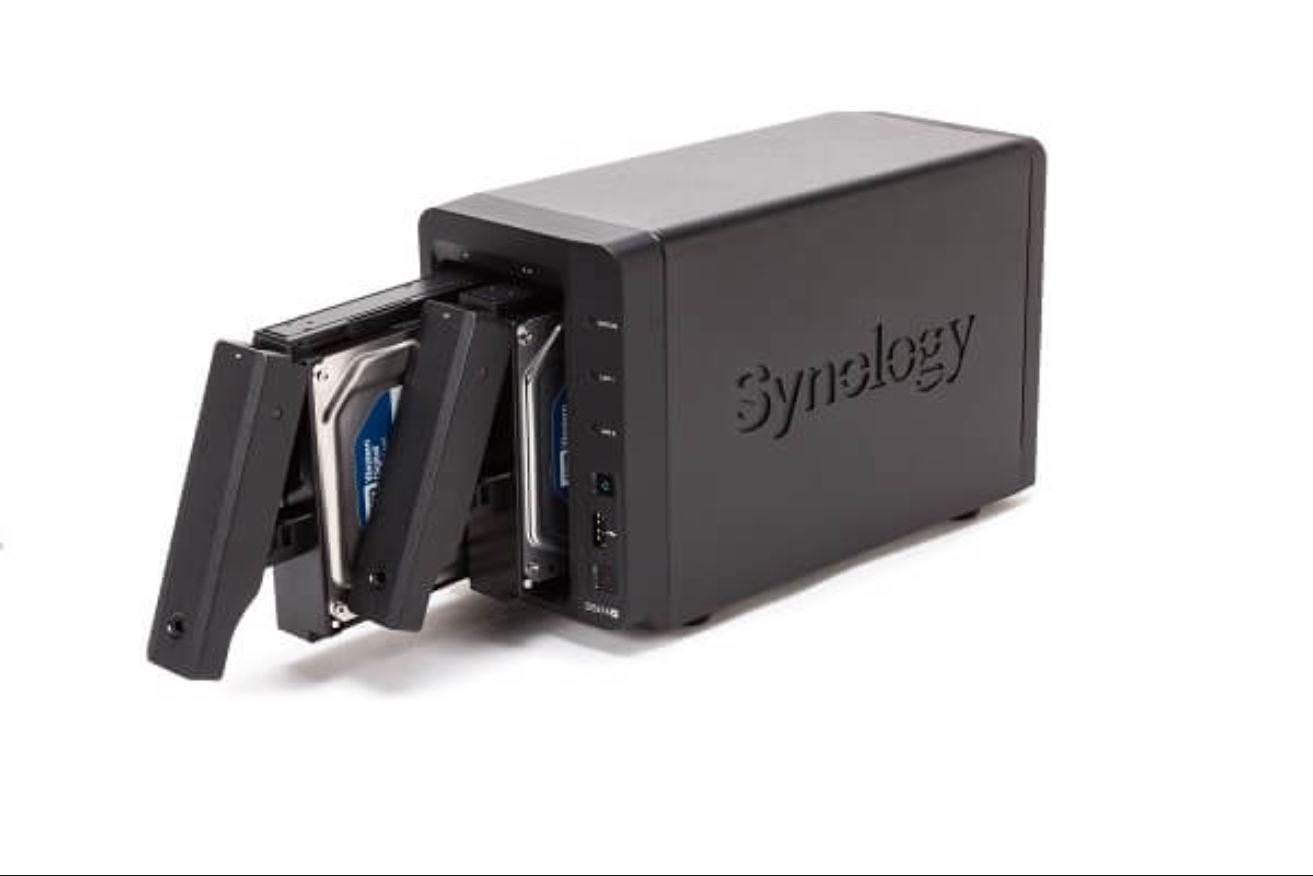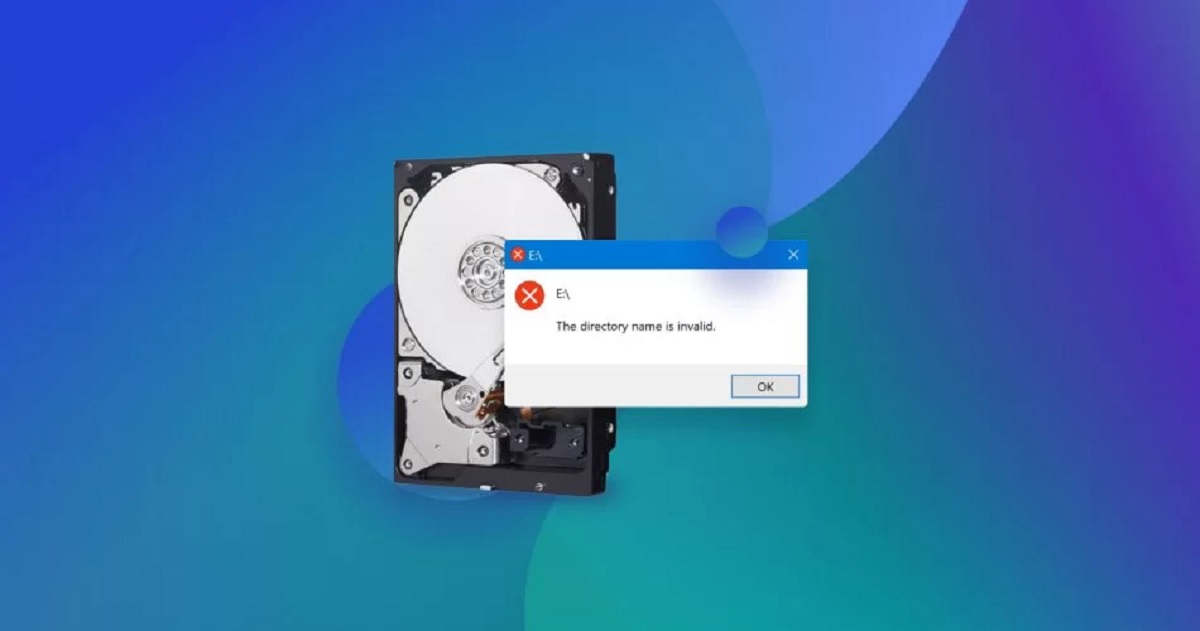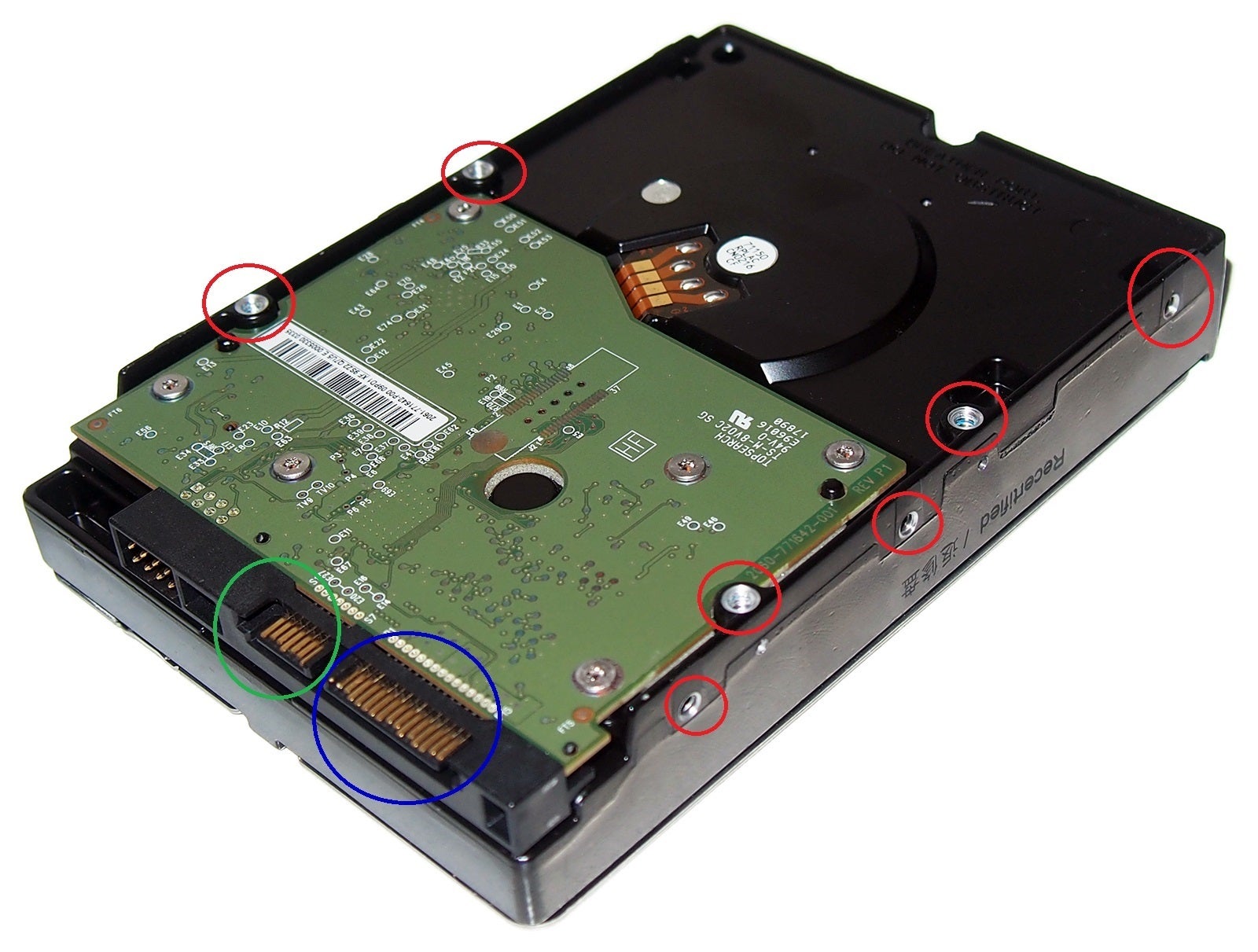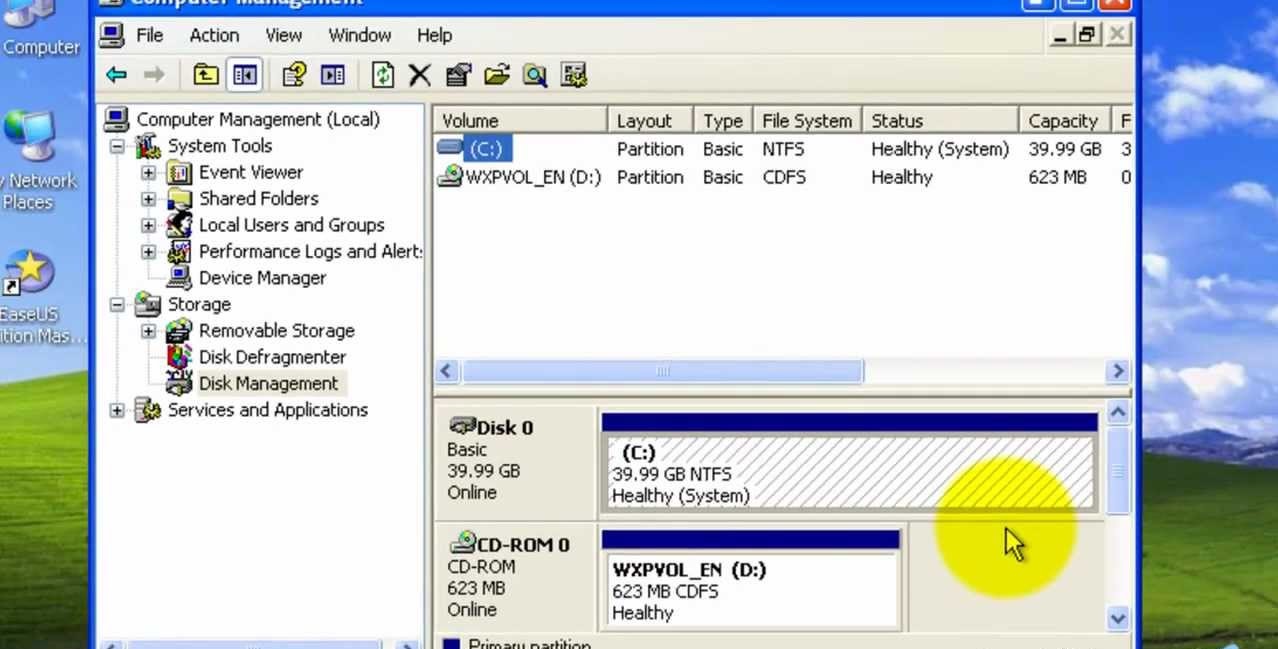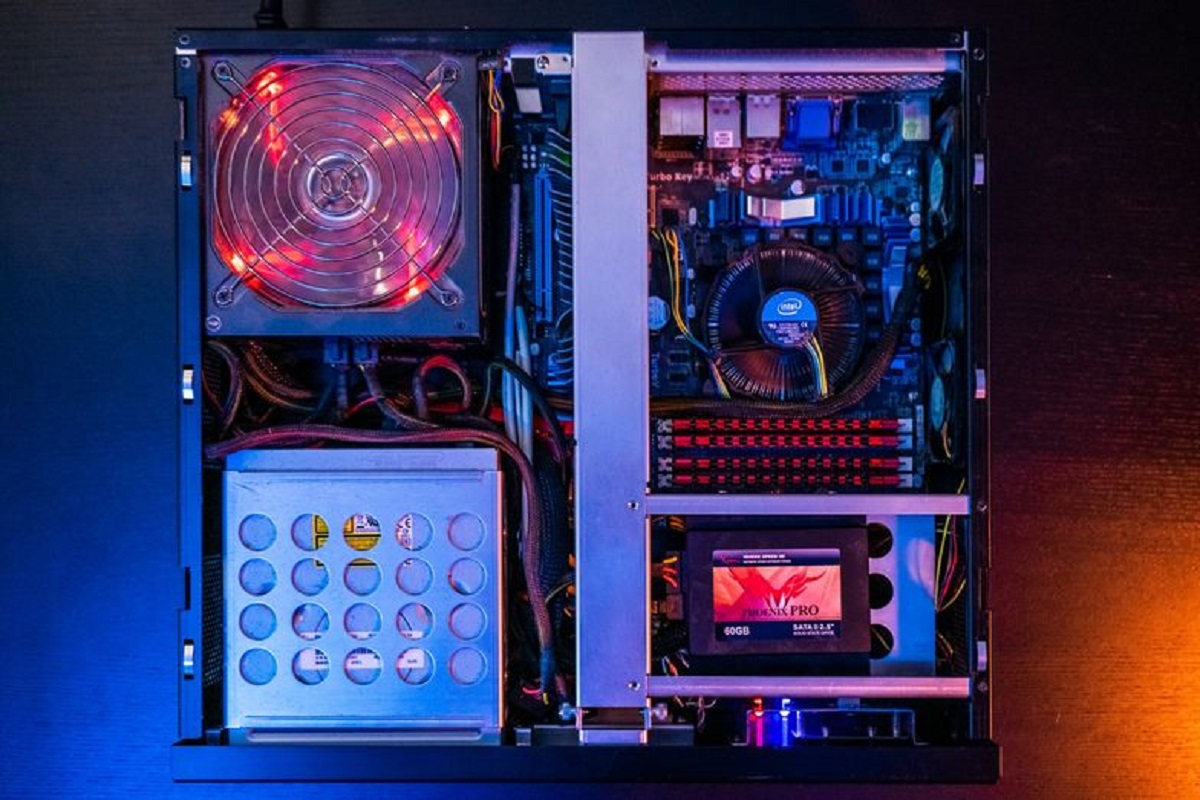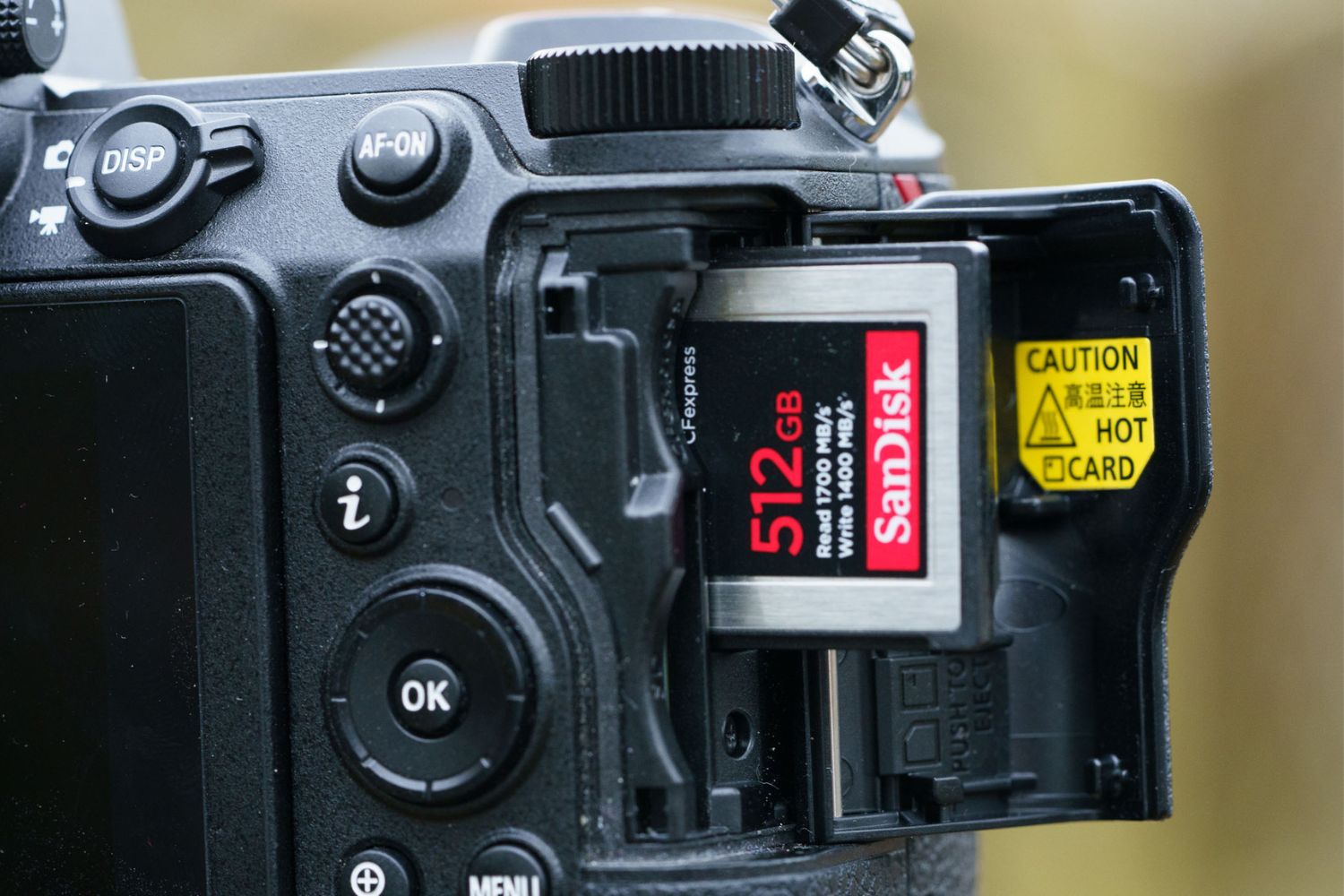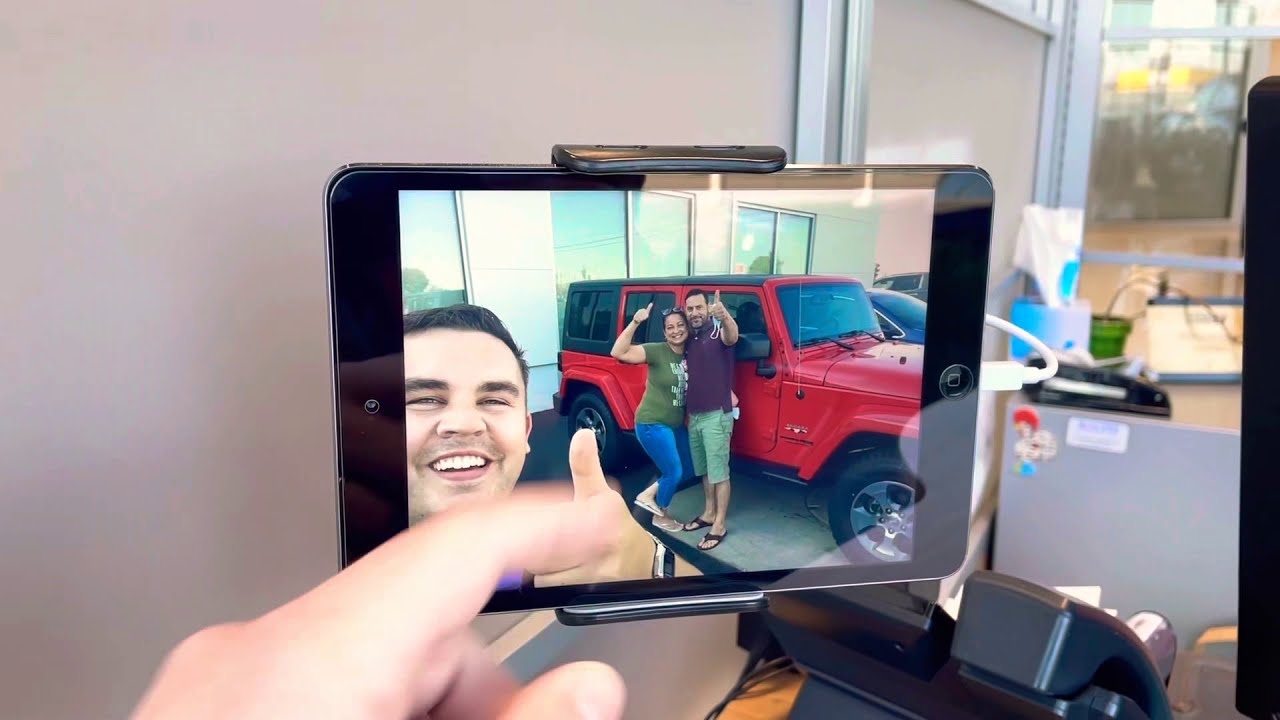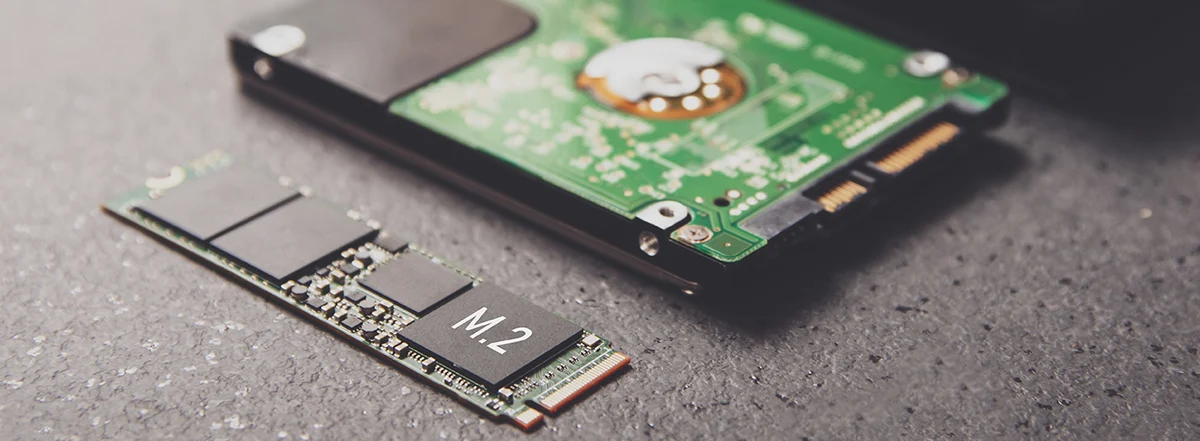Introduction
In today’s digital age, external hard drives have become an essential tool for storing and backing up data. However, there may be instances where you encounter issues with your external hard drive, such as it being recognized as a raw drive, prompting you with a message to format it. This can be a worrisome situation, especially if you have valuable data stored on the drive.
The error of a raw external hard drive can occur due to various reasons, including file system corruption, improper ejection of the drive, virus/malware infections, or even physical damage. When faced with this problem, it is important not to panic, as there are methods that can help you fix a raw external hard drive without formatting.
In this article, we will explore effective solutions to recover data from a raw external hard drive and restore its functionality. We will provide step-by-step instructions on troubleshooting methods you can try before resorting to formatting, which could result in permanent data loss. By following these methods, you can safely retrieve your precious data and continue using your external hard drive without any issues.
It is crucial to note that before attempting any fixes, you should make a backup of your data if possible. This will ensure the safety of your files and minimize the risk of data loss during the recovery process. Additionally, it is recommended to connect your raw external hard drive to a different computer or USB port to rule out any potential issues with the current system configuration.
Now, let’s dive into the different methods you can employ to fix a raw external hard drive without formatting and recover your valuable data stored on it.
Section 1: Understand the Issue
Before diving into the solutions, it is important to have a clear understanding of what the “raw external hard drive” issue actually signifies. When a hard drive is recognized as raw, it means that the file system on the drive is corrupted or damaged, resulting in the operating system being unable to access the data stored on it.
This issue can occur due to various reasons, such as abrupt disconnection of the drive, power surges, physical damage, or malware infections. When a drive is in a raw state, you may encounter error messages like “Drive is not formatted, do you want to format it now?” or “The file or directory is corrupted and unreadable.”
When faced with a raw external hard drive issue, it is important to avoid formatting it immediately, as it could lead to permanent data loss. Formatting erases all the data on the drive, making it impossible to recover unless you have a backup. Therefore, it is crucial to explore other options first in order to salvage the data on the drive before resorting to formatting.
Understanding the cause of the raw external hard drive issue can help you determine the appropriate solution to fix it. It is important to note that attempting to fix the issue on your own carries some level of risk, as any incorrect action could further damage the drive and make data recovery more difficult. Therefore, it is advisable to proceed with caution and follow the instructions carefully.
In the next sections, we will explore effective steps to troubleshoot and resolve the raw external hard drive issue. These steps range from basic checks for physical issues to software-based solutions that can recover the data and restore the drive’s functionality.
By working through the solutions systematically, you can increase the chances of successfully fixing the raw external hard drive without resorting to formatting, thereby safeguarding your valuable data.
Section 2: Check for Physical Issues
When encountering a raw external hard drive issue, it is important to start by ruling out any physical problems that may be causing the error. Physical damage to the drive can lead to data corruption and the drive being recognized as raw. Here are some steps you can take to check for physical issues:
- Inspect the connections: Ensure that the USB or power cables connecting your external hard drive are securely plugged in. Sometimes, loose connections can cause communication errors and lead to the drive being detected as raw. Try unplugging and re-plugging the cables to ensure a proper connection.
- Test with a different cable and port: If you suspect a faulty USB cable or port, try using a different cable or connecting the drive to a different USB port. Faulty cables or ports can result in unrecognized or raw external hard drive issues. Testing with different cables and ports can help identify and resolve such problems.
- Check for physical damage: Inspect the external hard drive for any physical damage like dents or scratches. Physical damage can cause mechanical issues and lead to data corruption. If you find any visible damage, it is recommended to consult a professional data recovery service to avoid further damage and increase the chances of data recovery.
- Listen for unusual sounds: When you connect the external hard drive, listen for any unusual clicking, grinding, or whirring sounds. These noises can indicate mechanical issues with the drive, such as failing read/write heads or motor problems. If you hear any suspicious sounds, it is advisable to stop using the drive immediately and seek professional help for data recovery.
Checking for physical issues is an essential first step in troubleshooting a raw external hard drive. By ensuring proper connections and ruling out any physical damage, you can eliminate potential external factors that may be causing the issue. If no physical issues are detected, it is time to move on to the next steps to fix the raw external hard drive issue.
Section 3: Update the Driver
If your raw external hard drive is still not recognized or showing as raw after checking for physical issues, updating the driver could help resolve the problem. The driver acts as a communication bridge between your external hard drive and the operating system. Outdated or incompatible drivers can lead to recognition issues. Follow these steps to update the driver:
- Open Device Manager: Press the Windows key + R to open the Run dialog box. Type “devmgmt.msc” and press Enter to open Device Manager.
- Locate the external hard drive: In Device Manager, expand the “Disk drives” or “Universal Serial Bus controllers” section. Look for your external hard drive in the list. It might be listed with a yellow exclamation mark or under “Other Devices.”
- Update the driver: Right-click on the external hard drive and select “Update driver.” Choose the option to search automatically for updated driver software. The system will scan for the latest driver and install it if available. Follow the on-screen prompts for the installation process.
- Restart your computer: After updating the driver, restart your computer to ensure that the changes are applied correctly.
Updating the driver can help eliminate any compatibility issues that may be causing the raw external hard drive problem. By installing the latest driver, you ensure that the operating system can properly communicate with the drive and access the data stored on it. If updating the driver does not resolve the issue, continue with the next steps to fix the raw external hard drive.
Section 4: Assign a New Drive Letter
If updating the driver did not resolve the raw external hard drive issue, the next step is to assign a new drive letter to the drive. Sometimes, conflicts with existing drive letters can prevent the system from recognizing and accessing the external hard drive properly. Follow these steps to assign a new drive letter:
- Open Disk Management: Press the Windows key + R to open the Run dialog box. Type “diskmgmt.msc” and press Enter to open Disk Management.
- Locate the external hard drive: In Disk Management, look for your external hard drive in the list of drives. It will be labeled as “Unknown” or “Unallocated” and might not have a drive letter assigned to it.
- Right-click and select “Change Drive Letter and Paths”: Right-click on the external hard drive and choose the option “Change Drive Letter and Paths.”
- Assign a new drive letter: In the “Change Drive Letter and Paths” window, click on the “Change” button. Select a new drive letter from the drop-down menu and click “OK.”
- Restart your computer: After assigning the new drive letter, restart your computer to let the changes take effect. Once your system reboots, check if the external hard drive is now recognized and accessible.
By assigning a new drive letter, you can resolve conflicts that may be preventing the raw external hard drive from appearing correctly in the system. The new drive letter ensures that the drive is properly identified and allows the operating system to access the data on it. If assigning a new drive letter does not solve the problem, proceed to the next steps in order to fix the raw external hard drive issue.
Section 5: Run CHKDSK Utility
If the raw external hard drive issue persists, running the CHKDSK (Check Disk) utility can help detect and repair file system errors that may be causing the problem. CHKDSK is a built-in Windows tool that can scan and fix issues with the disk. Follow these steps to run CHKDSK:
- Open Command Prompt: Press the Windows key + R to open the Run dialog box. Type “cmd” and press Enter to open Command Prompt.
- Type the CHKDSK command: In the Command Prompt window, type the command:
chkdsk X: /f, replacing “X” with the drive letter assigned to your raw external hard drive. - Press Enter: Press Enter to execute the command. The CHKDSK utility will start scanning the drive for errors and attempt to fix them. This process may take some time, depending on the size of the drive and the extent of the errors.
- Restart your computer: Once the CHKDSK utility completes its scan and repairs any errors, restart your computer to allow the changes to take effect.
Running the CHKDSK utility can help repair file system errors on your raw external hard drive. It scans the drive for inconsistencies, fixes them, and makes the data accessible again. If the CHKDSK utility manages to repair the drive, it should no longer appear as raw in the system, and you can access your data. If the raw external hard drive issue persists, proceed to the next steps to recover your data and fix the drive.
Section 6: Use Data Recovery Software
If the previous methods have not been successful in fixing the raw external hard drive issue, it may be necessary to use data recovery software to retrieve your files. Data recovery software is specifically designed to scan and recover data from damaged or inaccessible drives. Here’s how you can use data recovery software:
- Research and choose reliable data recovery software: There are various data recovery tools available, both free and paid. Look for reputable software that supports raw external hard drives and has positive user reviews.
- Download and install the software: Visit the website of the selected data recovery software, download the installation file, and follow the instructions to install it on your computer. Ensure that you install it on a different drive or location from the raw external hard drive to avoid overwriting any data.
- Connect the raw external hard drive: Plug in your raw external hard drive to the computer and ensure it is detected. Run the data recovery software and select the appropriate options to begin the recovery process.
- Scan the raw external hard drive: Use the software to scan the raw external hard drive for recoverable files. The software will perform a deep scan, searching for any salvageable data on the drive.
- Select and recover your files: Once the scan is complete, the data recovery software will list the recoverable files. Preview the files if possible and select the ones you want to recover. Choose a safe location to save the recovered files, preferably on a different drive to avoid overwriting any data.
- Resume normal usage or seek professional help: After recovering your files, you can try to format the raw external hard drive to restore its functionality. If you are not comfortable doing it yourself or the drive is still not working properly, it is advisable to seek the assistance of a professional data recovery service.
Data recovery software can be an effective solution for retrieving your files from a raw external hard drive. However, keep in mind that the success of data recovery depends on the extent of the damage and the condition of the drive. It is always recommended to back up your recovered files and take necessary precautions to avoid future data loss.
Section 7: Contact a Professional Data Recovery Service
If all the previous methods have failed to fix the raw external hard drive issue or you are unable to recover your data on your own, it may be time to seek professional help. A professional data recovery service specializes in recovering data from damaged or inaccessible storage devices. Here’s what you should consider when contacting a professional data recovery service:
- Research reputable data recovery service providers: Look for well-established and reputable data recovery service providers with a track record of successful recoveries. Read reviews, check their certifications, and assess their expertise in dealing with raw external hard drives.
- Contact and discuss your situation: Get in touch with the selected data recovery services and explain your specific scenario in detail. Provide information such as the symptoms of the raw external hard drive, steps you have already taken, and the importance of the data on the drive.
- Inquire about the data recovery process and pricing: Ask the data recovery service about their process, timeline, and pricing. Understand their data recovery techniques and whether they provide a “no recovery, no fee” policy, meaning you only pay if they are successful in recovering your data.
- Prepare your raw external hard drive for professional recovery: Before sending your raw external hard drive to the data recovery service, ensure you securely package it in an anti-static bag or wrap it in bubble wrap to protect it during transit. Follow the service’s instructions regarding shipping or drop-off options.
- Follow up and securely store your recovered data: Once the data recovery service has recovered your files, they will provide you with the recovered data. Take the necessary precautions to securely store the recovered files on a different drive or cloud storage to avoid future loss.
- Consider preventive measures for data backup: After recovering your data, learn from the experience and establish a reliable data backup system. Regularly back up your important files to prevent future data loss in case of any hardware failures or accidental damage.
Choosing a professional data recovery service can be a crucial step when dealing with a raw external hard drive issue. Their expertise and specialized tools can increase the chances of a successful data recovery. Remember to communicate effectively and provide accurate information about your situation to ensure the best possible outcome.
Conclusion
Encountering a raw external hard drive issue can be frustrating and alarming, especially when you have important data stored on the drive. However, it is important to remain calm and not immediately resort to formatting, as it could lead to permanent data loss. Instead, follow the troubleshooting steps outlined in this article to try and fix the raw external hard drive without formatting.
Start by understanding the issue and checking for physical problems with the drive. Update the driver and assign a new drive letter to eliminate any conflicts. If the issue persists, run the CHKDSK utility to repair file system errors. If none of these methods work, data recovery software may help retrieve your files. And if all else fails, consider reaching out to a professional data recovery service for expert assistance.
It is important to remember that each situation is unique, and the success of recovering your data depends on various factors, such as the extent of the damage and the actions taken. Ensure you have proper backups in place to prevent future data loss and consider implementing preventive measures to protect your valuable files.
By following the steps and exploring the methods outlined in this article, you increase your chances of recovering your data and restoring the functionality of your raw external hard drive. Remember to proceed with caution, seek professional help when needed, and prioritize the protection and backup of your important files.







